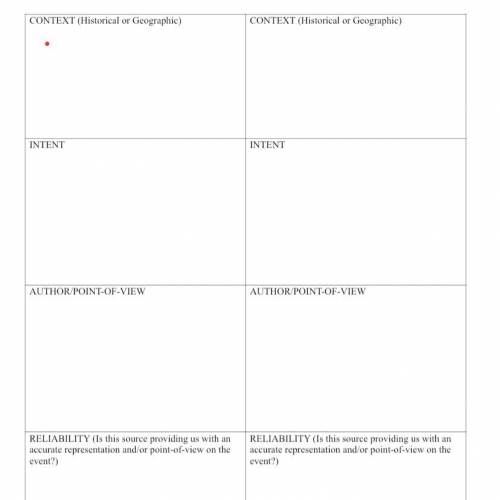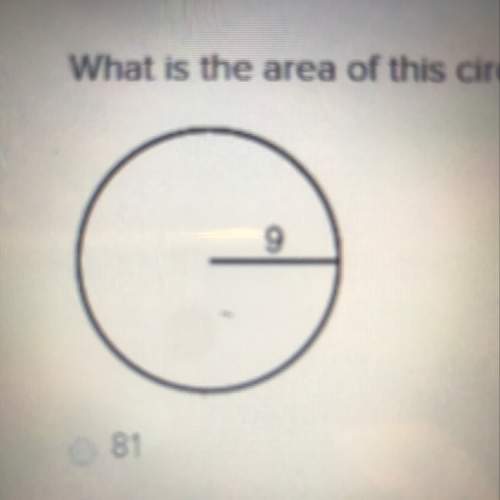
Maritime Reconnaissance worksheet:
The reading that goes with it:
Vasco da Gama: Round Africa to India, 1497-1498 CE
Vasco da Gama was born about 1460 at Sines, Portugal. Both Prince John and Prince Manuel continued the efforts of Prince Henry to find a sea route to India, and in 1497 Manuel placed Vasco da Gama, who already had some reputation as a warrior and navigator, in charge of four vessels built especially for the expedition. They set sail July 8, 1497, rounded the Cape of Good Hope four months later, and reached Calicut May 20, 1498. The Moors in Calicut instigated the Zamorin of Calicut against him, and he was compelled to return with the bare discovery and the few spices he had bought there at inflated prices [but still he made a 3000% profit!]. A force left by a second expedition under Cabral (who discovered Brazil by sailing too far west), left behind some men in a "factory" or trading station, but these were killed by the Moors in revenge for Cabral's attacks on Arab shipping in the Indian Ocean. Vasco da Gama was sent on a mission of vengeance in 1502, he bombarded Calicut (virtually destroying the port), and returned with great spoil. His expedition turned the commerce of Europe from the Mediterranean cities to the Atlantic Coast, and opened up the east to European enterprise.
1498. Calicut. [Arrival.] That night (May 20) we anchored two leagues from the city of Calicut, and we did so because our pilot mistook Capna, a town at that place, for Calicut. Still further there is another town called Pandarani. We anchored about a league and a half from the shore. After we were at anchor, four boats (almadias) approached us from the land, who asked of what nation we were. We told them, and they then pointed out Calicut to us.
On the following day (May 22) these same boats came again alongside, when the captain-major sent one of the convicts to Calicut, and those with whom he went took him to two Moors from Tunis, who could speak Castilian and Genoese. The first greeting that he received was in these words: "May the Devil take thee! What brought you hither?" They asked what he sought so far away from home, and he told them that we came in search of Christians and of spices. They said: "Why does not the King of Castile, the King of France, or the Signoria of Venice send thither?" He said that the King of Portugal would not consent to their doing so, and they said he did the right thing. After this conversation they took him to their lodgings and gave him wheaten bread and honey. When he had eaten he returned to the ships, accompanied by one of the Moors, who was no sooner on board, than he said these words: "A lucky venture, a lucky venture! Plenty of rubies, plenty of emeralds! You owe great thanks to God, for having brought you to a country holding such riches!" We were greatly astonished to hear his talk, for we never expected to hear our language spoken so far away from Portugal.
[The city of Calicut is inhabited by Christians. [The first voyagers to India mistook the Hindus for Christians.] They are of tawny complexion. Some of them have big beards and long hair, whilst others clip their hair short or shave the head, merely allowing a tuft to remain on the crown as a sign that they are Christians. They also wear moustaches. They pierce the ears and wear much gold in them. They go naked down to the waist, covering their lower extremities with very fine cotton stuffs. But it is only the most respectable who do this, for the others manage as best they are able. The women of this country, as a rule, are ugly and of small stature. They wear many jewels of gold round the neck, numerous bracelets on their arms, and rings set with precious stones on their toes. All these people are well-disposed and apparently of mild temper. At first sight they seem covetous and ignorant.
May 28. The king was in a small court, reclining upon a couch covered with a cloth of green velvet, above which was a good mattress, and upon this again a sheet of cotton stuff, very white and fine, more so than any linen. The cushions were after the same fashion. In his left hand the king held a very large golden cup (spittoon), having a capacity of half an almude (8 pints). At its mouth this cup was two palmas (16 inches) wide, and apparently it was massive. Into this cup the king threw the husks of a certain herb which is chewed by the people of this country because of its soothing effects, and which they call atambor. On the right side of the king stood a basin of gold, so large that a man might just encircle it with his arms: this contained the herbs. There were likewise many silver jugs. The canopy above the couch was all gilt.


Answers: 1
Another question on History

History, 21.06.2019 15:30
Many scandinavians immigrated to the united states as a result of the homestead act of 1862, which offered land to independent farmers. this is an example of a push factor, because turmoil in scandinavia encouraged people to leave. push factor, because a new opportunity encouraged people to come to the us. pull factor, because turmoil in scandinavia encouraged people to leave. pull factor, because a new opportunity encouraged people to come to the us.
Answers: 3

History, 21.06.2019 22:30
The majority of victories and progress made by the women’s suffrage movement in the late 19th and early 20th centuries came from the industrialized north the denizens of the east the american west the reconstructed south
Answers: 1

History, 21.06.2019 23:30
“well,” he says, “there’s excuse for picks and letting-on, in a case like this; if it warn’t so, i wouldn’t approve of it, nor i wouldn’t stand by and see the rules broke—because right is right, and wrong is wrong, and a body ain’t got no business doing wrong when he ain’t ignorant and knows better. it might answer for you to dig jim out with a pick, without any letting-on, because you don’t know no better; but it wouldn’t for me, because i do know better.” the meaning in this excerpt is
Answers: 1

History, 22.06.2019 05:30
Europe and asia are divided by a. the alps c. the pyrennes b. the northern european plain d. the ural mountains select the best answer from the choices provided a b c d
Answers: 1
You know the right answer?
Maritime Reconnaissance worksheet:
The reading that goes with it:
Vasco da Gama: Round...
Vasco da Gama: Round...
Questions


English, 02.05.2021 14:00


Mathematics, 02.05.2021 14:00

English, 02.05.2021 14:00




English, 02.05.2021 14:00

Mathematics, 02.05.2021 14:00



Chemistry, 02.05.2021 14:00




Mathematics, 02.05.2021 14:00


English, 02.05.2021 14:00




